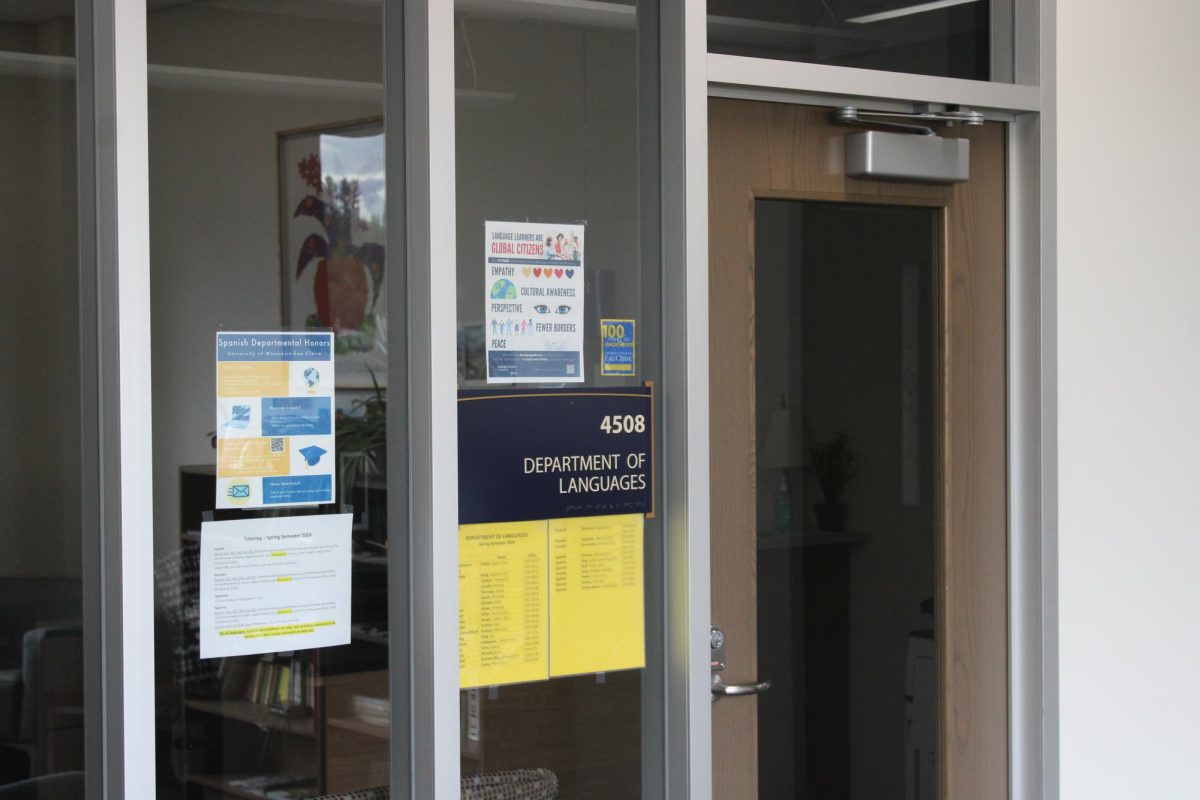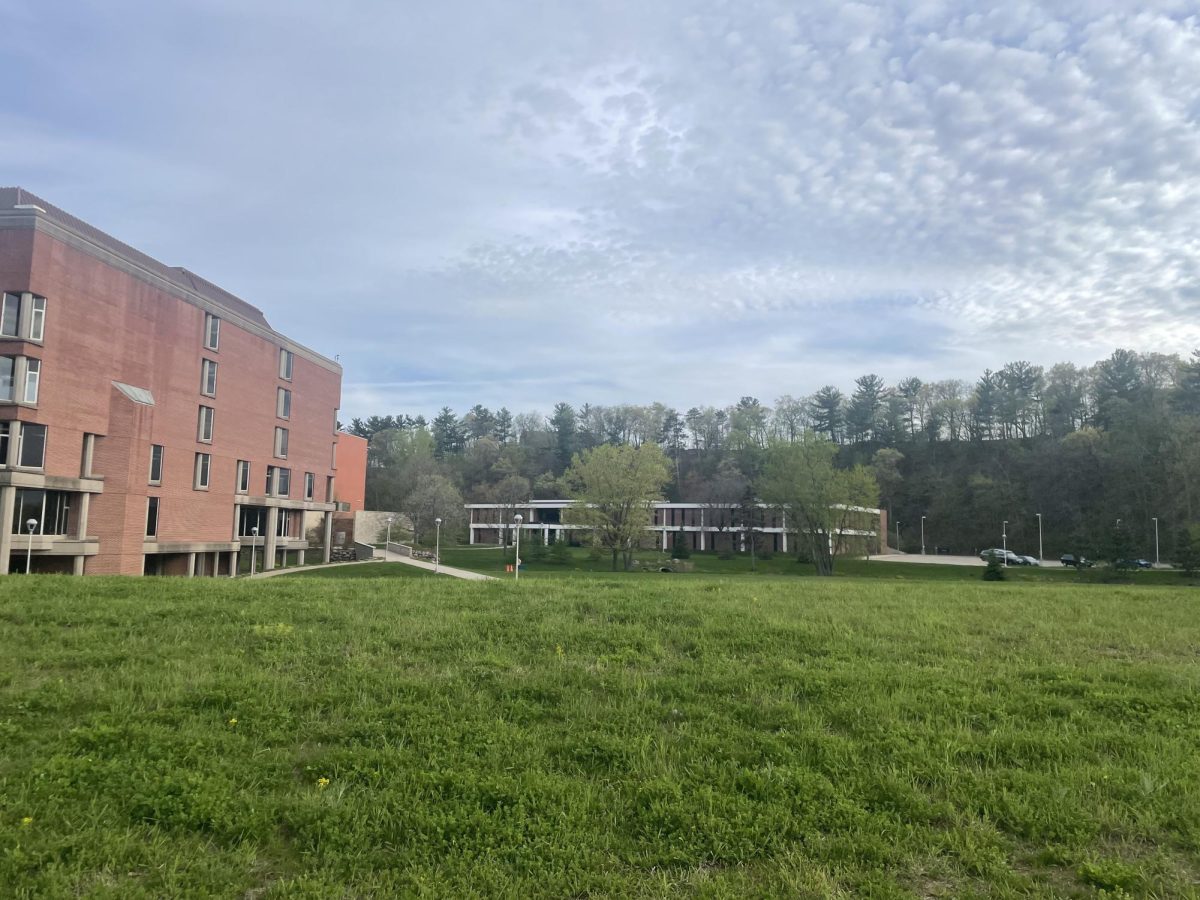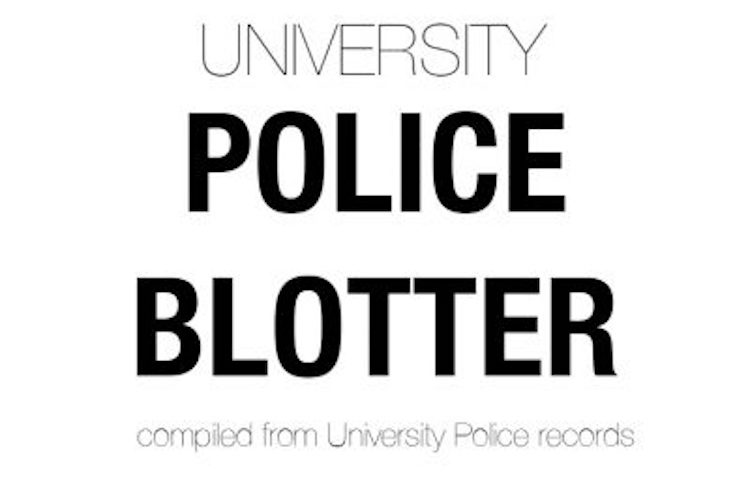 Butch McCartney
Butch McCartneySenior Katie Johnson burns incense a couple times a week.
“It is relaxing and it smells good,” she said.
But an August NewScientist.com article warns that burning incense can expose people to dangerous levels of smoke laden with cancer-causing chemicals.
The article focused on people who were surrounded by much higher levels of incense than most students likely are exposed to.
Research for the article was collected in Tainan City, Taiwan. A scientist named Ta Chang Lin, from the National Cheng Kung University, collected air samples from inside and outside a temple that burned incense.
Inside the temple, Lin and his team found high concentrations of polycyclic aromatic hydrocarbons, a group of highly carcinogenic chemicals that are released when certain substances are burned.
Total levels of PAHs inside the temple were 19 times higher than outside, and a PAH called benzopyrene, which is thought to cause lung cancer in smokers, was found in high quantities in the temple.
The findings do not mean that students will get cancer if they burn incense.
Incense is constantly burning in the temple studied, and it was poorly ventilated.
When the researchers compared benzopyrene levels inside the temple with other indoor levels, however, they found the amount in the temple was 45 times higher than in homes where residents smoked tobacco.
Hearing the results of the study will not cause Johnson to stop burning incense or decrease her usage, she said.
“I’m not really worried about getting cancer from it and it has never crossed my mind before,” she said.
She is careful with how she uses it, Johnson said.
“It’s not really in an enclosed area and I don’t do it all the time,” she said.
Brett Geboy, advocacy director for the Altoona branch of the American Cancer Society, said incense burning is not a topic that comes up a lot.
“The American Cancer Society has no position on incense,” he said, “but it’s not good to breathe in smoke of any kind.”






